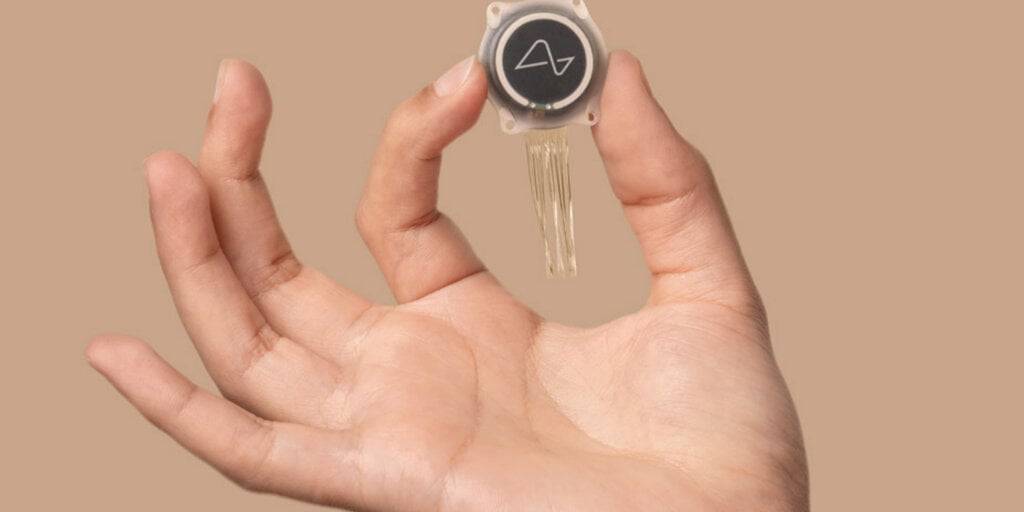Neuralink Progress Update: A Breakdown
Neuralink, the brain-computer interface company co-founded by Elon Musk, recently marked a significant milestone with 100 days passing since the commencement of human testing on its groundbreaking technology. The focal point of these tests was Noland Arbaugh, a quadriplegic individual hailing from Arizona who became the first person to receive Neuralink’s first-generation N1 Link device via surgical implantation back in January. Remarkably, Arbaugh was able to return home the very next day following the procedure and underwent thorough testing thereafter.
Technological Advancements
In a recent progress update released by Neuralink, it was disclosed that certain ultra-thin electrodes utilized in Arbaugh’s brain experienced retraction, leading to a reduction in the rate of information transmission measured in bits-per-second (BPS). However, the company swiftly responded to this development by implementing adjustments in the recording algorithm to enhance sensitivity to neural population signals, refining techniques for translating these signals into cursor movements, and improving the user interface. These enhancements yielded a substantial and sustained increase in BPS, surpassing Arbaugh’s initial performance levels.
Implant Configuration
The intracortical implant consists of an impressive 1,024 electrodes distributed across 64 flexible leads, or “threads,” each finer than a human hair. This intricate configuration demonstrates Neuralink’s commitment to cutting-edge neural interface technology.
Performance Achievements
Despite encountering setbacks, Arbaugh managed to set a new brain control world record by achieving an impressive 4.6 BPS in human brain-computer interface (BCI) cursor control, eclipsing previously documented results. Subsequent to this feat, he further improved his performance to reach 8.0 BPS, while setting his sights on surpassing a Neuralink engineer’s achievement of 10 BPS using a conventional mouse.
Functional Applications
Neuralink’s collaboration with Arbaugh post-FDA approval for human testing has yielded remarkable outcomes. The company highlighted how the implant enabled Arbaugh to interact with computers in diverse ways, such as controlling his laptop from varying positions, engaging in online gaming, browsing the internet, streaming content, and utilizing other applications on his MacBook merely by harnessing his mind to control a cursor.
User Experience and Feedback
Arbaugh reflected on his experience with the N1 Link device, expressing a preference for its functionality over his previous method of using a mouth-held tablet stylus facilitated by a caregiver. He emphasized the significant improvement in his gaming capabilities and overall user experience, noting the remarkable progress made possible by Neuralink’s innovative technology.
Arbaugh’s live demonstration of the Neuralink technology on Twitter garnered significant attention, with the quadriplegic individual showcasing the immense potential of the device in enhancing not only gaming experiences but also broader applications for individuals facing similar challenges. The event served as a testament to the transformative impact of Neuralink’s advancements in the realm of neural interface technology and its implications for individuals with physical limitations.
Image/Photo credit: source url





